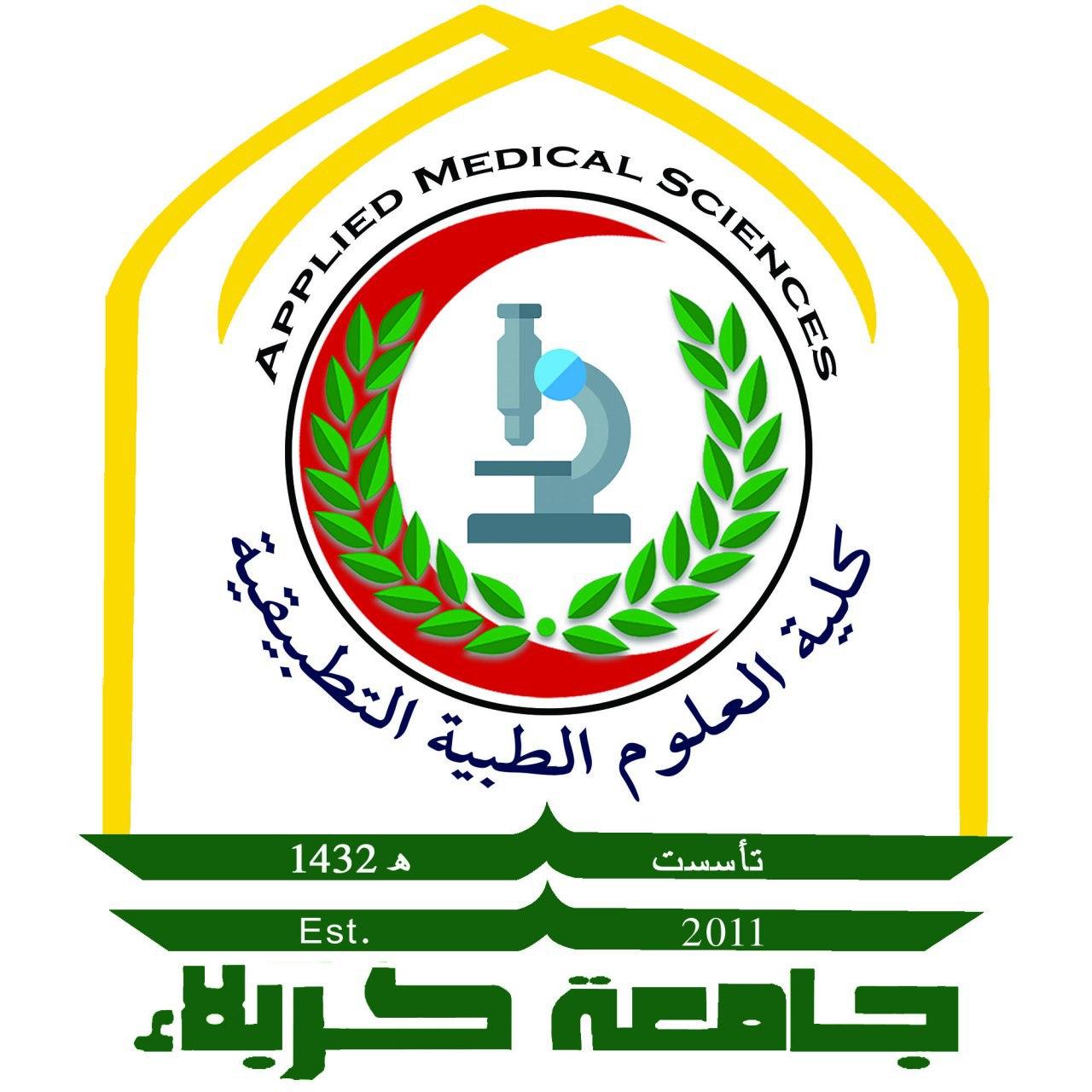Astigmatism is a common eye condition that can cause blurry vision. It’s usually treated using glasses or contact lenses.
Check if you have astigmatism
Astigmatism means your eye is shaped more like a rugby ball than a football, so light is focused at more than 1 place in the eye.
The main symptoms of astigmatism are:
- blurred vision
- headaches
- eye strain – you may notice this after concentrating for a long time, such as when using a computer
Astigmatism normally happens alongside short-sightedness or long-sightedness.
Astigmatism in 1 eye may cause lazy eye (where the vision does not develop properly). It’s important this is spotted early so it can be treated.
Astigmatism may also affect your child’s reading or concentration.
Non-urgent advice:Go to an opticians if:
- you or your child has symptoms of astigmatism
- you or your child has not had an eye test for 2 years
Astigmatism can be linked to an eye condition called keratoconus. So it’s important to get regular eye tests.
Treatments for astigmatism
Astigmatism does not always need to be treated, but possible treatments can include glasses, contact lenses and laser surgery.
| Treatment | Pros | Cons |
|---|---|---|
| Glasses | the cheapest optionmay be available free or discounted on the NHS | could get lost or broken |
| Contact lenses | choice of soft or hard lensescan be a good choice if you’re activemay be free or discounted on the NHS | may not be suitable for everyonerisk of eye infection through poor contact lens hygiene |
| Laser eye or lens surgery | may be permanentmay be better for people with more severe vision problems | risk of complications during or after surgerynot available on the NHScan be expensivepossible side effects |




























































